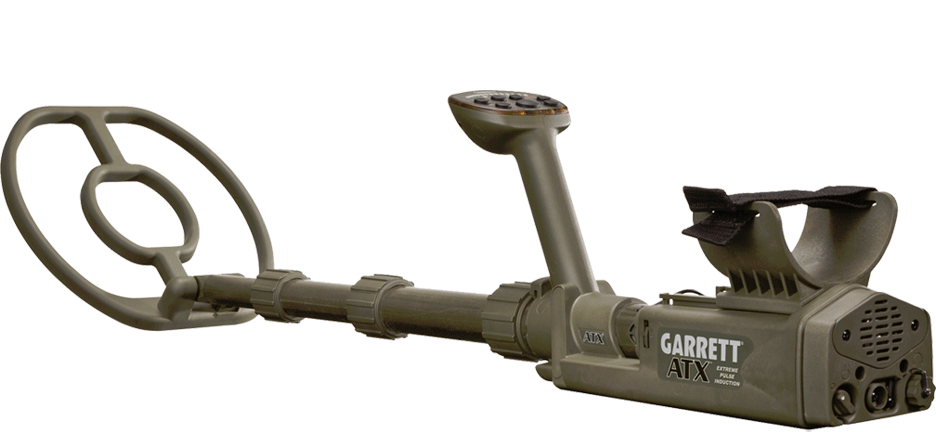Got the ATX yesterday and couldn't wait to get it out and give it a try on some of the sanded in beaches here in western Florida. I spent 5 hours out swinging and learning and digging it all except a few LARGE signals that would sound off with the coil held a few inches above the sand. I have included a photo showing all the typical PI trash that is on a beach....bottle caps, bobbie pins, sparkler wires etc. I did manage to pull silver and gold with a Tiffany & Co 925 750 bow ring.
I have lots to learn but can say that the ATX is a dream to swing with the sling that is included with the package. I wouldn't think of trying to hunt without it.
Took awhile to finally get the machine adjusted for me and I found that running it a bit on the hot side and swinging it fast over the wet sand you wouldn't have a steady threshold tone due to the starting and stopping of the swing. IF I slowed down the swing to ease into the change of direction, the machine threshold was smooth and steady.... IF swinging near a target but not quite over it with the coil, you could pick up on the threshold tone change and stop/slow down and find the target...
Pinpointing with the stock coil is really good the only problem I had was with deeper targets.
I didn't get into how deep the machine would go, figuring that learning how to adjust it properly should come first. Next time out, I'll plant some gold and silver rings to test the depth.
Only had one particular spot on the beach where I had EMI problems and it is localized and causes problems with most of my detectors. Not sure how it would affect the overall performance of the machine but I could still tell when I was over a target.
I did go into the wash just to see how the ATX would handle the waves and without another ground balance, it work smoothly but you did hear a rise and fall of the threshold. I believe I could work even in those conditions and tell the difference between a wave and target.
Overall, I'm quite happy with the ATX and the first time taking it out, I do have PI experience (Sand Shark) but the ATX is a bit different than the Sand Shark.
I also owe Bart @ Big Boys Hobbies a big thanks for getting the machine to me so fast... he is great to deal with! Thanks Bart!!
Cliff
I have lots to learn but can say that the ATX is a dream to swing with the sling that is included with the package. I wouldn't think of trying to hunt without it.
Took awhile to finally get the machine adjusted for me and I found that running it a bit on the hot side and swinging it fast over the wet sand you wouldn't have a steady threshold tone due to the starting and stopping of the swing. IF I slowed down the swing to ease into the change of direction, the machine threshold was smooth and steady.... IF swinging near a target but not quite over it with the coil, you could pick up on the threshold tone change and stop/slow down and find the target...
Pinpointing with the stock coil is really good the only problem I had was with deeper targets.
I didn't get into how deep the machine would go, figuring that learning how to adjust it properly should come first. Next time out, I'll plant some gold and silver rings to test the depth.
Only had one particular spot on the beach where I had EMI problems and it is localized and causes problems with most of my detectors. Not sure how it would affect the overall performance of the machine but I could still tell when I was over a target.
I did go into the wash just to see how the ATX would handle the waves and without another ground balance, it work smoothly but you did hear a rise and fall of the threshold. I believe I could work even in those conditions and tell the difference between a wave and target.
Overall, I'm quite happy with the ATX and the first time taking it out, I do have PI experience (Sand Shark) but the ATX is a bit different than the Sand Shark.
I also owe Bart @ Big Boys Hobbies a big thanks for getting the machine to me so fast... he is great to deal with! Thanks Bart!!
Cliff


